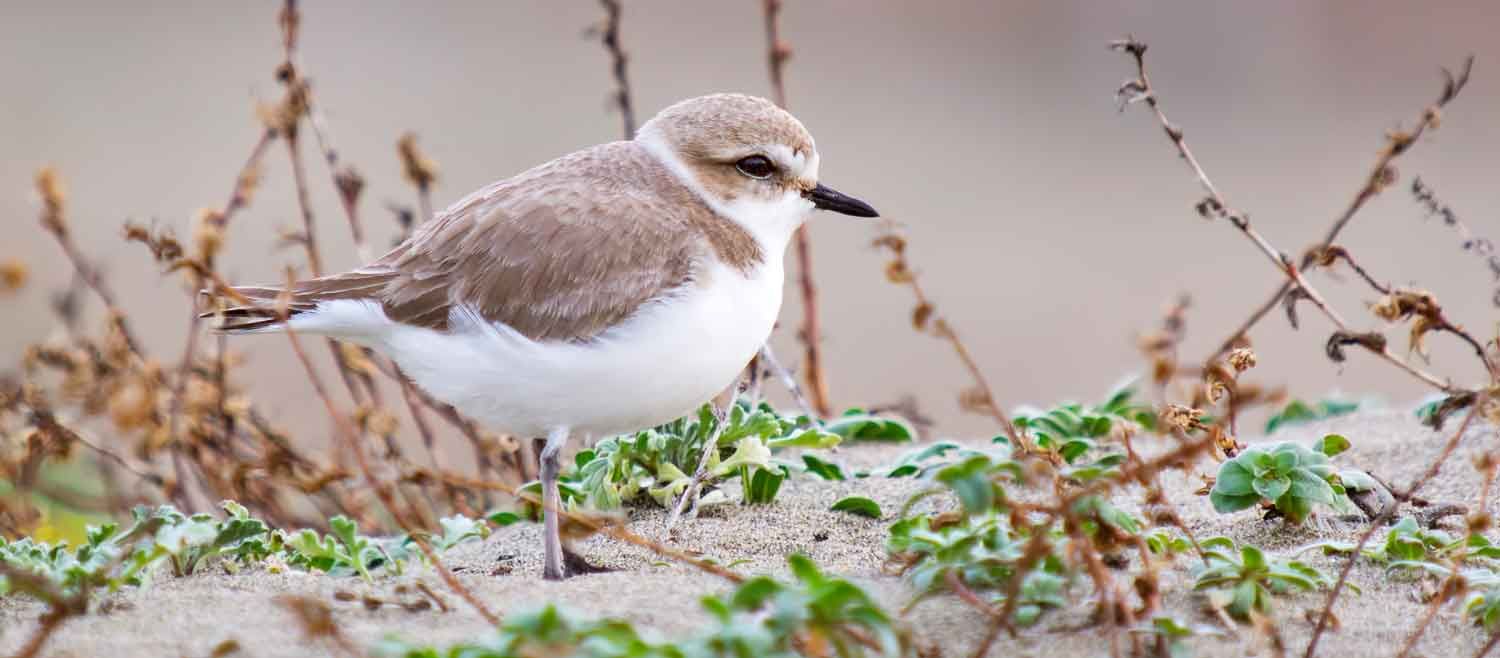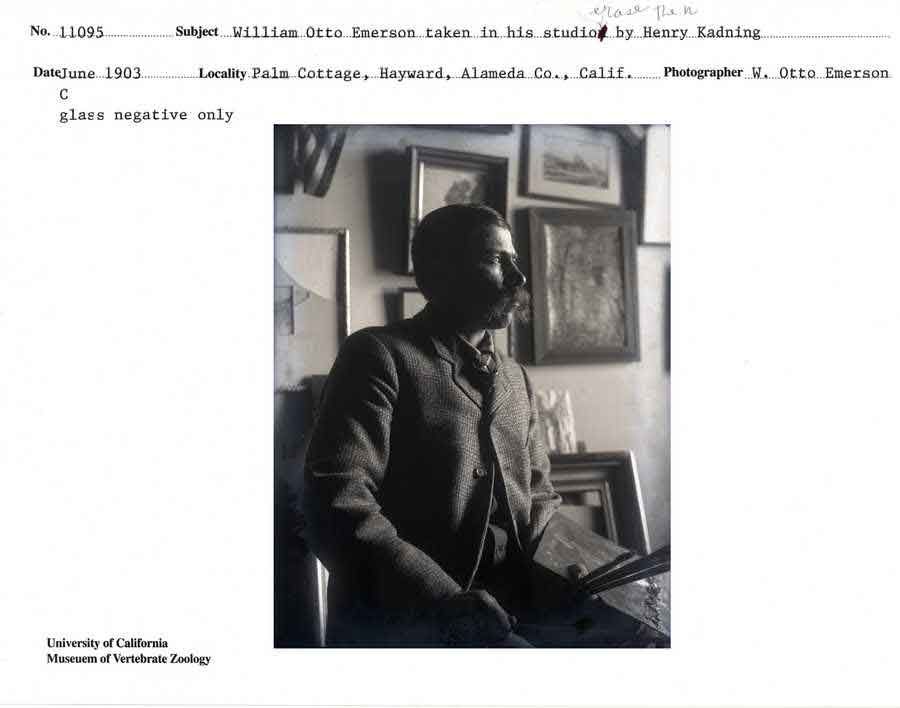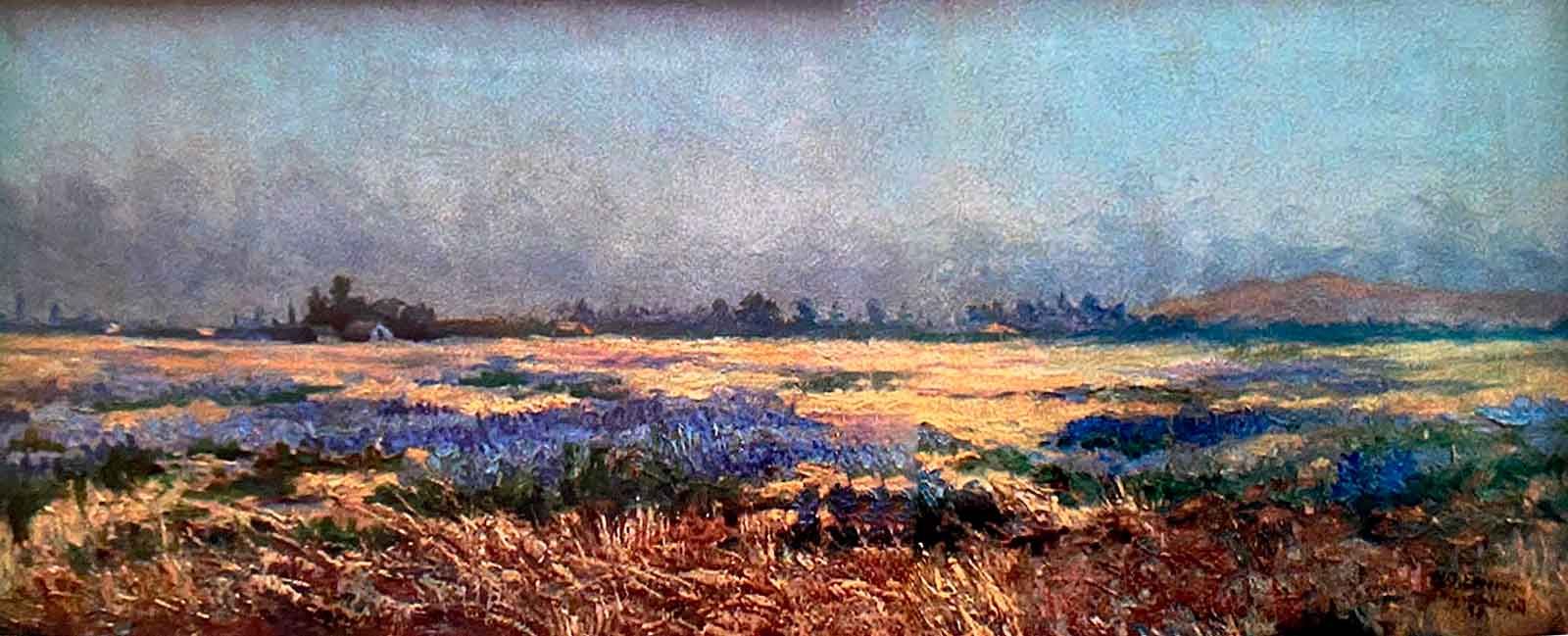
Snowy Plovers
The humble Snowy Plover. This cute shorebird is just one of the many species of shore and water birds that call the San Francisco Bay marshes and mudflats home. The Hayward Area Recreation Department, along with other regional organizations, have been working hard to restore their tideland habitat that was destroyed by decades of salt production and other industry.
These birds were not always so well-protected, however; by the end of the 19th century, they had been almost hunted into extinction for their feathers, which were in high demand for decorating women’s hats.
Snowy Plovers
The humble Snowy Plover. This cute shorebird is just one of the many species of shore and water birds that call the San Francisco Bay marshes and mudflats home. The Hayward Area Recreation Department, along with other regional organizations, have been working hard to restore their tideland habitat that was destroyed by decades of salt production and other industry.
These birds were not always so well-protected, however; by the end of the 19th century, they had been almost hunted into extinction for their feathers, which were in high demand for decorating women’s hats.

DR
JAMES
G
COOPER
“He talked to us of Nature in all of her varied forms; told of the birds, their songs, their flights, plumage and their homelife; of their loves and hates, joys and sorrows! All of this was told in common language, without scientific nomenclature, and thus we saw Nature and her works through the eyes of one who loved and had long questioned and learned many of her secrets, until the setting sun found us yet worshiping in Nature’s temple, and the student gaining his first glimpse into that grand arcana.”
– W.O. Emerson


Cooper Ornithological Society
In 1893, a group of bird enthusiasts formed the Cooper Ornithological Society (COS), named in honor of the man who had mentored many of them: Dr. Cooper. The COS was a well-respected and influential force in the birding world, in part thanks to its scientific publication, The Condor (which is still published today under a different name, Ornithological Applications). The COS merged with another birding group in 2016 to form the American Ornithological Society.
DR
JAMES
G
COOPER
“He talked to us of Nature in all of her varied forms; told of the birds, their songs, their flights, plumage and their homelife; of their loves and hates, joys and sorrows! All of this was told in common language, without scientific nomenclature, and thus we saw Nature and her works through the eyes of one who loved and had long questioned and learned many of her secrets, until the setting sun found us yet worshiping in Nature’s temple, and the student gaining his first glimpse into that grand arcana.”
– W.O. Emerson


Cooper Ornithological Society
In 1893, a group of bird enthusiasts formed the Cooper Ornithological Society (COS), named in honor of the man who had mentored many of them: Dr. Cooper. The COS was a well-respected and influential force in the birding world, in part thanks to its scientific publication, The Condor (which is still published today under a different name, Ornithological Applications). The COS merged with another birding group in 2016 to form the American Ornithological Society.
W
Otto
Emerson


W. Otto Emerson
In 1877, Dr. Cooper was running Hayward’s post office and an adjoining drug store. Here he met and struck up a friendship with a young man who had recently moved to Hayward: W. Otto Emerson. Emerson had been interested in nature—especially birds—since he was a child. Dr. Cooper took Emerson under his wing (pun intended) and invited him on excursions into the fields and hills around the Bay Area to collect bird skins, eggs, and nests. By his twilight years, Emerson had collected over 5,500 taxidermy birds, many of which he mounted himself; he would donate this collection to the California Academy of Sciences in Golden Gate Park, to help rebuild their collection after the devastating 1906 earthquake and fire.
Emerson and the Hayward Community
Later in his life, Emerson was widely recognized as the “unquestioned authority” on the “botany, bird, animal and insect life and shrubbery and forestry” of Alameda County. He was an early member of the COS, and served as the club’s president four times. Emerson published over 60 articles detailing his observations of birds and their behavior, many of them spotted on his own farm in Hayward. In the 1920s, Emerson sought to impart his knowledge on younger generations. He worked closely with the Boy Scouts of Alameda County, at times serving as a teacher, an examiner for nature-related Scout badges, and eventually a Scout official.




Renaissance Man
Emerson was something of a “Renaissance man”; not only was he an experienced naturalist and taxidermist, but he was also a talented artist and photographer. In the 1890s, he spent several years in Paris studying at the Académie Julian where he received training in both classical painting techniques and a new style taking Europe by storm: impressionism. When he returned to Hayward, he drew inspiration for his artwork from the landscape around him. In his later years, Emerson would open up his home to the public, displaying his collection of mounted birds, drawings, and paintings for visitors to admire.
Odd Otto
W. Otto Emerson was a bit of a character. Birders of that era saw nothing wrong with robbing birds’ nests of eggs and hatchlings, and Emerson often had a few kidnapped baby birds in his home that he was raising by hand. Local papers featured whimsical stories about his numerous pets over the years: his “vegetarian” cat who befriended two sparrows; his pet turkey vulture named Beauty who followed him around like a loyal dog; and Mike, a hummingbird who died of a broken heart after the death of his brother, Ike.





His First Lesson in Ornithology with W. Otto Emerson.
June 1908, Haywards, California.
Palm Cottage, Turkey Buzzard

“Taming of young California Shrikes.”
At times Otto Emerson raised birds from the nest. A pair of California shrikes were pictured in several of Emerson’s photos.

W. Otto Emerson with five young burrowing owls, Hayward California.

Collection to Conservation
The COS began pushing for legal protections for California birds as early as 1894. Due to widespread and unchecked hunting for sport and for fashion, by the late 1800s populations of birds across the country were decimated. To make matters worse, farmers tended to view all birds as pests and would shoot or poison any bird they felt was threatening their crops. Emerson spoke at many conventions of farmers and fruit growers, arguing that birds play an important role in controlling the insect and rodent populations. By 1900, Emerson was heading a committee of the COS that was pushing for laws to protect California’s song birds and “other birds of great value to fruit-growers and farmers.”
W.
Otto
Emerson


W. Otto Emerson
In 1877, Dr. Cooper was running Hayward’s post office and an adjoining drug store. Here he met and struck up a friendship with a young man who had recently moved to Hayward: W. Otto Emerson. Emerson had been interested in nature—especially birds—since he was a child. Dr. Cooper took Emerson under his wing (pun intended) and invited him on excursions into the fields and hills around the Bay Area to collect bird skins, eggs, and nests. By his twilight years, Emerson had collected over 5,500 taxidermy birds, many of which he mounted himself; he would donate this collection to the California Academy of Sciences in Golden Gate Park, to help rebuild their collection after the devastating 1906 earthquake and fire.
Emerson and the Hayward Community
Later in his life, Emerson was widely recognized as the “unquestioned authority” on the “botany, bird, animal and insect life and shrubbery and forestry” of Alameda County. He was an early member of the COS, and served as the club’s president four times. Emerson published over 60 articles detailing his observations of birds and their behavior, many of them spotted on his own farm in Hayward. In the 1920s, Emerson sought to impart his knowledge on younger generations. He worked closely with the Boy Scouts of Alameda County, at times serving as a teacher, an examiner for nature-related Scout badges, and eventually a Scout official.




Renaissance Man
Emerson was something of a “Renaissance man”; not only was he an experienced naturalist and taxidermist, but he was also a talented artist and photographer. In the 1890s, he spent several years in Paris studying at the Académie Julian where he received training in both classical painting techniques and a new style taking Europe by storm: impressionism. When he returned to Hayward, he drew inspiration for his artwork from the landscape around him. In his later years, Emerson would open up his home to the public, displaying his collection of mounted birds, drawings, and paintings for visitors to admire.
Odd Otto
W. Otto Emerson was a bit of a character. Birders of that era saw nothing wrong with robbing birds’ nests of eggs and hatchlings, and Emerson often had a few kidnapped baby birds in his home that he was raising by hand. Local papers featured whimsical stories about his numerous pets over the years: his “vegetarian” cat who befriended two sparrows; his pet turkey vulture named Beauty who followed him around like a loyal dog; and Mike, a hummingbird who died of a broken heart after the death of his brother, Ike.





His First Lesson in Ornithology with W. Otto Emerson.
June 1908, Haywards, California.
Palm Cottage, Turkey Buzzard

“Taming of young California Shrikes.”
At times Otto Emerson raised birds from the nest. A pair of California shrikes were pictured in several of Emerson’s photos.

W. Otto Emerson with five young burrowing owls, Hayward California.

Collection to Conservation
The COS began pushing for legal protections for California birds as early as 1894. Due to widespread and unchecked hunting for sport and for fashion, by the late 1800s populations of birds across the country were decimated. To make matters worse, farmers tended to view all birds as pests and would shoot or poison any bird they felt was threatening their crops. Emerson spoke at many conventions of farmers and fruit growers, arguing that birds play an important role in controlling the insect and rodent populations. By 1900, Emerson was heading a committee of the COS that was pushing for laws to protect California’s song birds and “other birds of great value to fruit-growers and farmers.”
The Birdman
of Hayward

Howard L. Cogswell
In 1940, the same year Emerson passed away, Howard L. Cogswell joined the COS. Like both Emerson and Cooper, Cogswell had been fascinated by birds from a young age. He taught biological science at California State University, Hayward from 1964 to 1980, and led many birding walks in the Bay Area. Through his involvement with the East Bay Regional Park District, he spearheaded efforts to restore the wetlands that endangered species like the Snowy Plover call home. In recognition of his efforts, Cogswell Marsh on the Hayward Shoreline was named in his honor.
Avian Safety In Aviation
Not only was Cogswell deeply involved in restoration efforts along the Bay shoreline, he also led a government-funded survey studying the hazards posed by birds attracted to landfills near airports. There have been many instances of “bird strikes” over the years, with some causing devastating airplane crashes. For this project, Cogswell learned to fly his own small aircraft, though he quickly realized that he wouldn’t be able to count birds for his census while also piloting the plane. One of his former students who accompanied Cogswell on these flights described his experiences as: “How exciting it was to ride in his airplane trying to census gulls while in a power-dive as he, the pilot, is sifting through a handful of 3 × 5 cards to find out if we were or were not in restricted airspace.’”



The Birdman
of Hayward

Howard L. Cogswell
In 1940, the same year Emerson passed away, Howard L. Cogswell joined the COS. Like both Emerson and Cooper, Cogswell had been fascinated by birds from a young age. He taught biological science at California State University, Hayward from 1964 to 1980, and led many birding walks in the Bay Area. Through his involvement with the East Bay Regional Park District, he spearheaded efforts to restore the wetlands that endangered species like the Snowy Plover call home. In recognition of his efforts, Cogswell Marsh on the Hayward Shoreline was named in his honor.
Avian Safety In Aviation
Not only was Cogswell deeply involved in restoration efforts along the Bay shoreline, he also led a government-funded survey studying the hazards posed by birds attracted to landfills near airports. There have been many instances of “bird strikes” over the years, with some causing devastating airplane crashes. For this project, Cogswell learned to fly his own small aircraft, though he quickly realized that he wouldn’t be able to count birds for his census while also piloting the plane. One of his former students who accompanied Cogswell on these flights described his experiences as: “How exciting it was to ride in his airplane trying to census gulls while in a power-dive as he, the pilot, is sifting through a handful of 3 × 5 cards to find out if we were or were not in restricted airspace.’”



Citations
2 Jouko van der Kruijssen, Snowy Plover, Photograph, 2022. 3 W. Otto Emerson, “In Memoriam: Dr. James G. Cooper,” The Condor 4, no. 5 (October 1902): 101–3.
4 W. Otto Emerson, “Biographical Sketch of the Late James G. Cooper of Hayward, Alameda Co., California,” The Bulletin of the Cooper Ornithological Club, no. 1 (December 1902): 1–48.
5 James Graham Cooper, Ornithology, Land Birds, ed. Spencer Fullerton Baird, vol. 1 (Geological Survey of California, 1870).
6 Glenn E. Walsberg, “History of ‘The Condor,’” The Condor 95, no. 3 (1993): 748–57.
7 W. Otto Emerson, “Hayward,” 1898, oil on canvas, (Hayward Area Historical Society, Hayward, CA). In W. Otto Emerson: Hayward’s Artist & Naturalist, by Kathy L. Middleton. Hayward, CA: Hayward Area Historical Society, 2004, 88–89
8 “W. Otto Emerson at work in Palm Cottage,” ca. 1890-1900, photograph, (Hayward Area Historical Society, Hayward, CA). In W. Otto Emerson: Hayward’s Artist & Naturalist, by Kathy L. Middleton. Hayward, CA: Hayward Area Historical Society, 2004, 20
9 “Fine Specimens of State Bird Life given Academy, Emerson Collection Presented to Golden Gate Park Institution,” San Francisco Chronicle, November 7, 1920, San Francisco Chronicle Historical Archive.
10 Henry Kadning, William Otto Emerson Taken in His Studio, Palm Cottage, Hayward, Alameda Co., Calif., June 1903, glass negative, June 1903, CalPhotos.
11 “Emerson Chosen as Scout Official, Court of Honor Will Head Nature Study Unite [Sic],” San Francisco Chronicle, December 15, 1925, San Francisco Chronicle Historical Archive.
12 “Otto Emerson, Paris,” 1892, photograph, (Hayward Area Historical Society, Hayward, CA). In W. Otto Emerson: Hayward’s Artist & Naturalist, by Kathy L. Middleton. Hayward, CA: Hayward Area Historical Society, 2004, 77
13 “His First Lesson in Ornithology with W. Otto Emerson,” June 1908, photograph, (Hayward Area Historical Society, Hayward, CA). In W. Otto Emerson: Hayward’s Artist & Naturalist, by Kathy L. Middleton. Hayward, CA: Hayward Area Historical Society, 2004, vi
14 “Taming of young California Shrikes,” ca. 1900-1910, photograph, (Hayward Area Historical Society, Hayward, CA). In W. Otto Emerson: Hayward’s Artist & Naturalist, by Kathy L. Middleton. Hayward, CA: Hayward Area Historical Society, 2004, 22
15 “W. Otto Emerson with five young burrowing owls,” ca. 1900-1910, photograph, (Hayward Area Historical Society, Hayward, CA). In W. Otto Emerson: Hayward’s Artist & Naturalist, by Kathy L. Middleton. Hayward, CA: Hayward Area Historical Society, 2004, 16
16 “Vegetarian Cat Proves Puzzle to Hayward Owner,” San Francisco Chronicle, October 28, 1923, San Francisco Chronicle Historical Archive.
17 “Naturalist Tells of Bird Love and Their Friendship. Otto Emerson of Hayward Is Authority for Tragedy in Feathered World,” San Francisco Chronicle, March 16, 1924, San Francisco Chronicle Historical Archive.
18 “Cat and Sparrows [Sic] Companions Freak Hayward Union. Naturalist Tells of Queer Palship of Animal and Birds,” San Francisco Chronicle, April 20, 1924, San Francisco Chronicle Historical Archive.
19 “Hayward Man Makes Pet of Baby Buzzard. Bird Captured in Mountain Canyon Declared to Show Great Intelligence,” San Francisco Chronicle, May 18, 1924, San Francisco Chronicle Historical Archive.
20 Emerson to John Muir, April 30, 1901, John Muir Correspondence, Holt-Atherton Special Collections, University of the Pacific Library.
21 Walter D. Koenig, “In Memoriam: Howard L. Cogswell, 1915-2006,” The Auk 124, no. 3 (2007): 1096
22 Don Martinez, “Birdman of Hayward. Gulls, Garbage Peril Planes,” San Francisco Examiner & Chronicle, November 9, 1969, San Francisco Chronicle Historical Archive
23 Gordon Grant, “Life Still Veiled in Mystery., Graceful Gull Is Glamorous Garbageman,” Rapid City (South Dakota) Journal, January 16, 1972
24 Gordon Grant, “Gull’s Life—Grace, Grime and Grief,” The Capital Times (Madison, WI), January 8, 1972
25 Gordon Grant, “Graceful Gull Grooves on Garbage,” Pacific Daily News (Agana Heights, Guam), April 9, 1972



